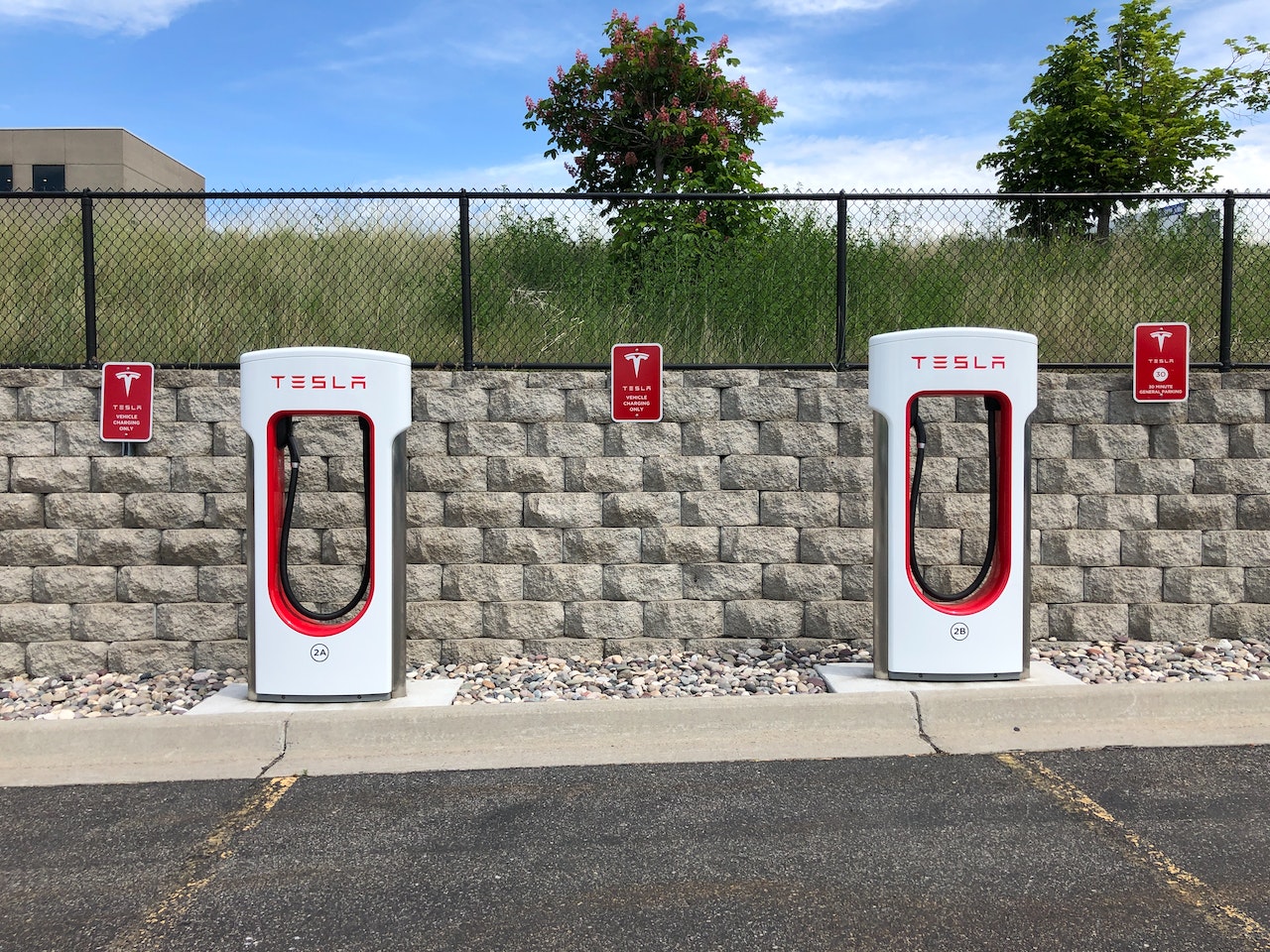In a strategic move, Fisker Inc. (FSR), a leading name in the electrified vehicle (EV) sector, has unveiled its upcoming integration with Tesla (TSLA) Supercharger network. This collaborative effort is scheduled to materialize in the first quarter of 2025, marking a pivotal step towards enhancing the charging infrastructure for electric vehicles across North America.
As part of this alliance, Fisker EV owners will be equipped with a specialized adapter, enabling them to access the Tesla Supercharger network through their existing Combined Charging System (CCS) plug. This interim solution will allow Fisker drivers to leverage the benefits of Tesla’s charging network while the company incorporates the North American Charging Standard (NACS) inlet plug into its future EV engineering.
The inclusion of Fisker in the Tesla Supercharger network signifies a significant victory for the company, particularly amid the challenges it has encountered in recent times. Notably, in August, CEO Henrik Fisker unveiled an impressive lineup of forthcoming EVs, including the Ronin supercar, PEAR crossover, Alaska pickup, and the Fisker Ocean featuring the Force E off-road package.
Among these offerings, the budget-friendly $30,000 PEAR crossover EV stands out, as it is positioned for contract manufacturing through a collaboration with Foxconn, a prominent Taiwanese manufacturer. While the finer details of this partnership are being finalized, the arrangement underscores Fisker’s strategic approach to global manufacturing collaboration.
In the pursuit of sustainable mobility solutions, Fisker had earlier announced production targets for its Ocean EVs. Initially aiming to manufacture between 30,000 and 36,000 units, the company later adjusted the goal to produce 20,000 to 23,000 units in 2021 at the Magna Steyr plant in Austria.
Joining a growing roster of automakers seeking access to Tesla’s Supercharger network, Fisker has set its sights on the upcoming year for the adapter rollout, with vehicle engineering integration targeted for 2025. This collaborative effort not only streamlines charging capabilities but also exemplifies the industry’s collective commitment to advancing sustainable transportation options.
Source: Yahoo Finance



